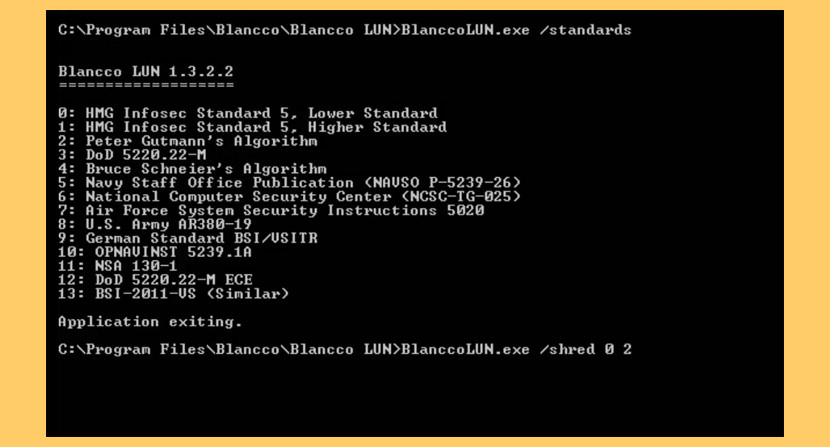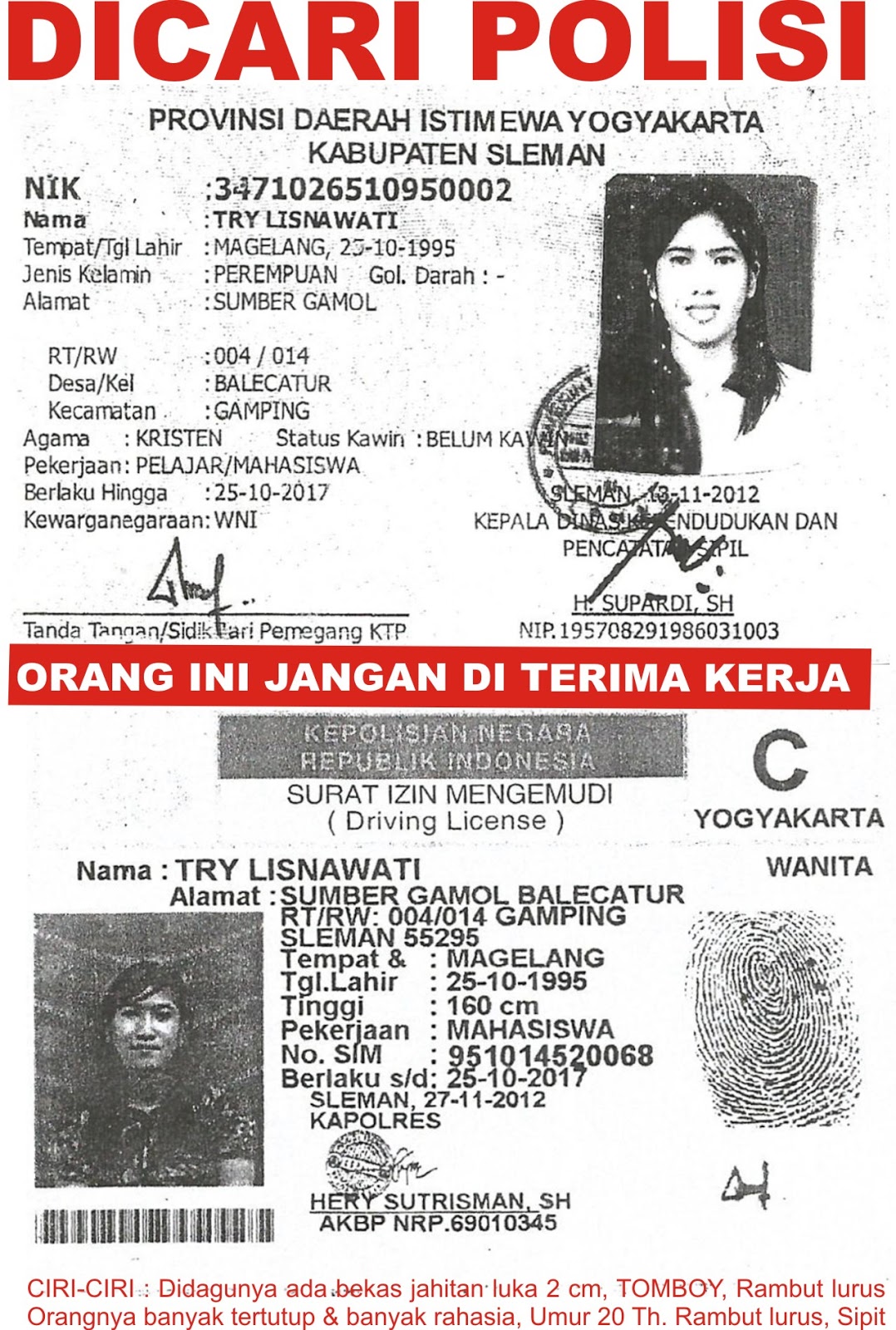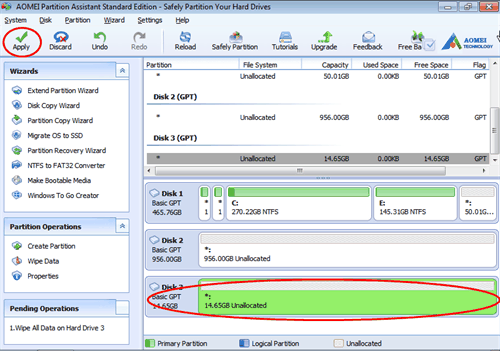

- #Sandisk secure erase and sanitize pro#
- #Sandisk secure erase and sanitize password#
- #Sandisk secure erase and sanitize free#
My average read/write speeds for a plain 00 / FF value is around 300MB/s. Sanitize is listed as supported but does not work (Sanitize accepted but fails Block Erase). SMART reports the drive is bad due to issues with missing life indicators. User must be physically present until drive wipe begins. Only accessible by a physically present user. See NIST Special Publication 800-88 Guidelines for Media Sanitization for more details. Their tool (WDC “Dashboard”) will identify the drive and show no newer firmware available. Uses industry standard approved methods for data wipe such as Secure Erase for SATA and Sanitize for eMMC.
#Sandisk secure erase and sanitize password#
So if you set it to anything else it will succeed, but to issue a Secure erase or Secure erase Enhanced, unlock, or disable the password, a “NULL” password must be sent and the command will succeed. How do I perform Secure Erase, Firmware Update, Sanitize and functions with bootable USB drive on a Legacy system If your system only has Legacy boot option, then you must connect the drive to a host SATA port directly, before using the USB bootable drive to perform the above functions. It often fails as it tries to set the pass to something like “ssd123”, but this drive will only accept a “NULL” password. The tool they provide which creates a bootable linux system for PSID, Secure Erase, Sanitize, etc. I can confirm that the latest version from SANDisk (Nov 2020) still does not work. SanDisk support / dev team, any way to correctly support “Secure Erase” ? Here’s another report of Input/output error (un)setting security : This behavior is rather strange, as it correctly works with lower range devices ( SanDisk Extreme USB 3.0 for instance). Which is really not expected with such a high-end device… Leading to unavoidable write performance degradation…
#Sandisk secure erase and sanitize pro#
Sounds then like SanDisk Extreme Pro USB 3.1 does not support “Secure Erase”. Using hdparm, I can see that the drive stays in a security-enabled state, and I need to run the command with the empty password as above to be able to use the device again. Unfortunately, as above, they do not work. I then tried both “Secure Erase” and “Sanitize” options. SanDisk Extreme Pro USB 3.1 is properly recognized, as it is “SSD based” ( SanDisk Extreme USB 3.0 is not). However, unfortunately, erase is not performed (data is still on disk).Īnd of course write performance is not restored. ATA Sanitize, ATA Secure Erase, SCSI Sanitize or degauss Shred or incinerate Ideally, use a utility from the disk manufacturer, such as Corsair SSD Toolbox, Crucial Storage Executive, Dell Data Wipe, Intel Solid State Drive Toolbox, OCZ Toolbox, Samsung Magician Software, SanDisk SSD Toolkit.

Issuing SECURITY_ERASE command, password="", user=user # hdparm -user-master u -security-erase-enhanced “” /dev/sdb The only way to disable security is then to use an empty password, which is rather strange : Issuing SECURITY_ERASE command, password=“p”, user=user # hdparm -user-master u -security-erase-enhanced p /dev/sdb Hello, I am using the sanDisk SSD Dashboard 1.4.4.4 because the newest one wont sanitize or erase ( with Filed error). Unfortunately, as shown below, an Input/output error is returned, as if password was not accepted : Issuing SECURITY_SET_PASS command, password=“p”, user=user, mode=highĪs you can see security is properly enabled :Ģmin for SECURITY ERASE UNIT. # hdparm -user-master u -security-set-pass p /dev/sdb Using hdparm, let’s then first set a security password : I did it on other devices, such as the SanDisk Extreme USB 3.0, and write performance is immediately restored. With Crypto you can permanently remove all the security keys on the drive and Secure Erase enables you to permanently delete data stored on your SSD.I face write performance issues with SanDisk Extreme Pro USB 3.1, which degrades every time the device is used.įollowing user report has interesting related info : Sanitize is a function that allows you to delete mapping tables and blocks containing information. To erase data, the program offers several dedicated tools.
#Sandisk secure erase and sanitize free#
On top of that, SanDisk SSD Dashboard shows information about your drive’s overall performance and lets you use a number of functions to free up space.īesides all of the above mentioned features, the app also includes shortcuts to common system tools like the Windows Device Manager, Disk Management and System Properties. It also displays details regarding the drive’s firmware version, model, critical notifications and health. The tool automatically scans the system and detects the installed SanDisk drive. The application also supports SSDs from other manufacturers. If your computer has a SanDisk SSD installed you can rely on SanDisk SSD Dashboard to permanently delete data and mapping tables from your drive to keep it in perfect condition.

Permanently erase data and mapping tables from your drive


 0 kommentar(er)
0 kommentar(er)
